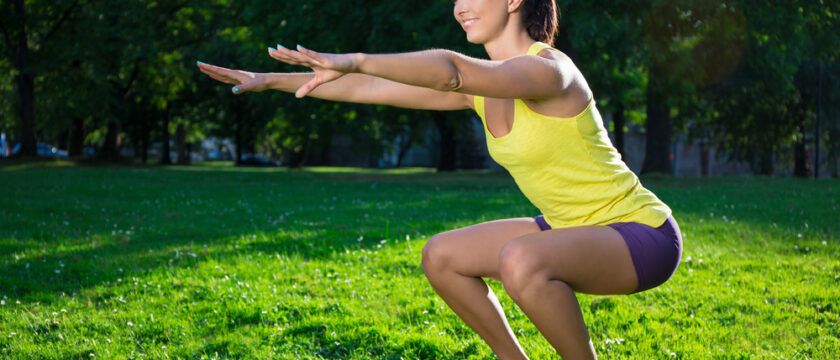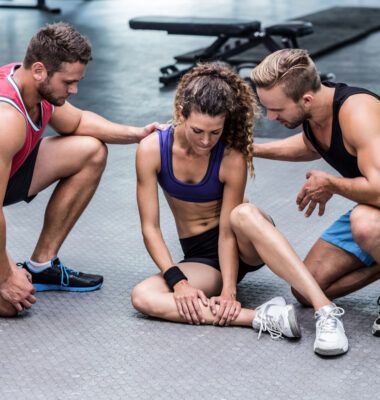The 5 Types Of Squats That Can Help Tone-Up Your Buttocks
By Catherine M, Staff Editor
Last Updated on March 6th, 2023 / Published on October 4, 2018

The 5 types of squats that can help tone-up your buttocks
An exercise routine is not just about bulking up in size, it is also about getting the right cuts and curves. A large part of the workout routine followed by women is focused on perfect toning of the lower body. This makes squats an integral part of the workout routine. There is no better free-body exercise for toning the lower body and buttocks then squats.
Squats are not just a single exercise practiced for toning your body, there are various types and an abundance of benefits. If your motive is to achieve better buttocks, here are some types of squats that are ideal for enhancing your lower body.
Body weight squats
Start with the plain and simple squats, the lesser complicated the better. Practice the regular squats, get the posture and movement absolutely bang on and then move to the next. These are free squats (basic version) that do not involve any kettle-bells, barbells, or even dumbbells. Get yourself in the basic squat position, with your feet pointed slightly outwards. Squat downwards to a point where the knees are at a 90° angle. Push the body weight on the heels until you feel a slight pain in the thigh muscles. Maintain the posture for 10 seconds and then push yourself back to the original position. Make sure that your knees never track your toes.
Plie/Sumo squats
The secret behind a perfect squat is the combined movement of the knees and the back. As you push your body downwards, the back must be straight and the knees must not go beyond your toes. For plie squats, the distance between your feet should be more than the hip’s width and the toes also need to be more outwards. While bringing your body downwards, do not forget to push the weight on your heels and maintain focus on the glutes. Your knees will also be pointed outwards for this particular type of squat. Your inner thighs are the primary target for plie squats. Toned inner thighs directly lift up the buttocks. You can always amp up the difficulty level by grabbing a kettle-ball or some weights.
Single-leg squats
Once you have the posture and form for two-legged squats in place, it is time to switch to single-leg squats. In this squat, you will be using only one leg (if the name wasn’t obvious enough). The alternate leg will be in the air, as you will execute the squat movement trying to balance the body weight on one leg. If you are new to this type of squats, you can hold onto something for support. The leg that you aren’t using must not touch the ground while you are doing this squat.
Goblet squats
The goblet squat follows a similar posture and movement pattern to the plie squats. The feet are placed wide and pointed outwards as well. However, the difficulty level is a little more with this type. It involves using weights while executing the squat movement. Get hold of a kettle-ball or a single heavy dumbbell and hold is close to your chest. Slowly move downwards while maintaining focus on the thigh muscles and glutes. Similar to the other squat types, the pressure must be on your feet, and you must use your lower thigh muscles to push your body upwards into a standing position.
Plyometric squats
Okay, now this is something that can be really tough. So, if you are still at the beginner level, avoid doing these squats. Also, do not be scared if your heart rate goes up or you start panting while practicing this type of squats, as this is an exhausting exercise routine. The posture, the movement, and the rules are similar to the other types of squats. Spread your feet hip-wide and your feet slightly facing outwards, now push your body weight downwards. However, from the bottom position of the squat, you will have to jump up and land on your toes. Try to control your movement and land on the same spot every single time.



